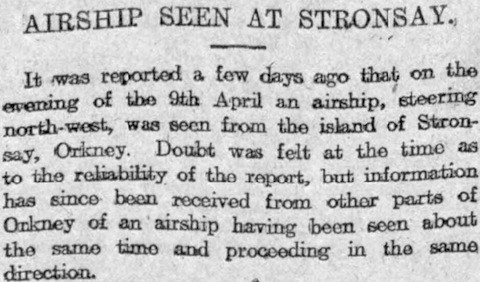The first death of Roland Garros
Roland Garros is today mainly known for having given his name to the home of French tennis. But long before then he was famous as a pioneer aviator in both peace and war. In December 1912, for example, he set a new altitude record of 17,000 feet, while in September 1913 he made the first […]







